Thanks to the Beijing 2008 Olympic Games and the 2010 Guangzhou Asian Games, the construction of an international standard sports stadium will allow citizens to experience world-class venues. The lighting system, as an important facility for sports venues, is increasingly valued by the owners.
To understand the stadium lighting design, we must first clarify the lighting level. The national standard grades stadiums as follows:
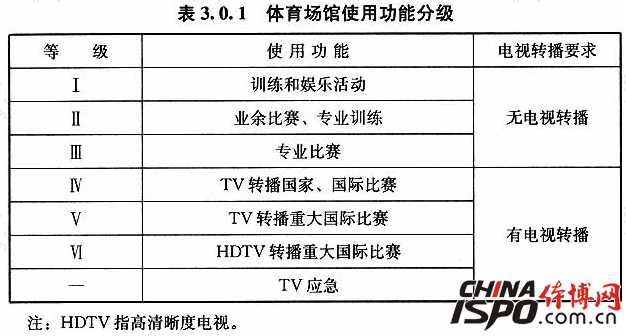
In the case that the level requirements are not clear, at least it is necessary to clarify whether or not it is necessary to broadcast. The broadcast or not will directly affect the choice of lamp and the way of lighting.
First talk about the situation that does not need to broadcast:
No retransmission means that there is usually no requirement for vertical illuminance. First, use a simple diagram to illustrate the relationship between the direction of light and the direction of illuminance.
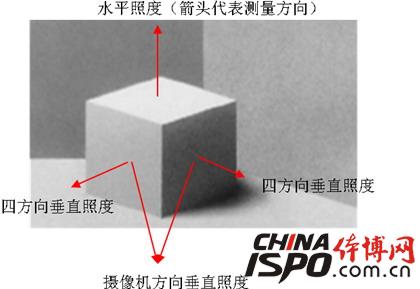
The vast majority of venues that do not require television broadcasting only require horizontal illumination (except for fencing). Then we also know the direction of the light:
The following combination of different venues, in detail:
Stadium lighting layout
Our country’s general sports arenas are numerous, including handball, basketball, volleyball, and badminton. Finding out the layout of the venue is critical to the design of the later stage!
Common layout of gymnasiums
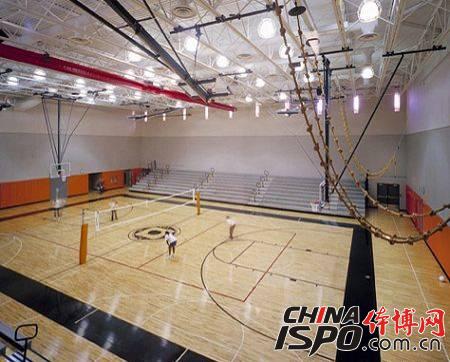
Gypsophila arrangement (top grid lifting)
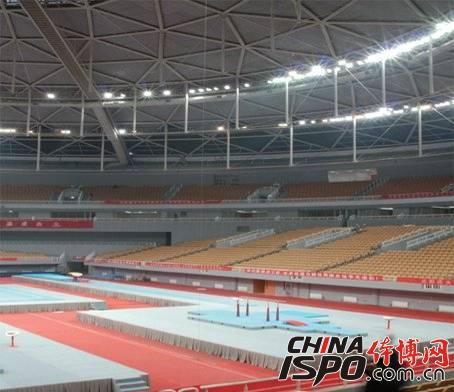
Horse layout
The advantages and disadvantages of the two arrangements:
Gypsophila: This method is a way to save lights (vertical light on the ground); but in this arrangement, generally the top grid cannot leave, and maintenance must use a lift truck. This method usually uses miner's lamp, most of the time the glare is relatively small, but it is more difficult for some sports (such as badminton, volleyball and other more uplifting sports); of course, we can use the T5 highbay this direct-view glare light make up.
Ma Dao type: need to take into account the glare control problem (horse path height, projection angle, etc.), this arrangement is relatively simple to maintain, but also can provide a certain degree of vertical illumination, so that the audience is more comfortable with the starry sky when watching (vertical illumination is good, people The face is clearer).
Swimming pool lighting layout
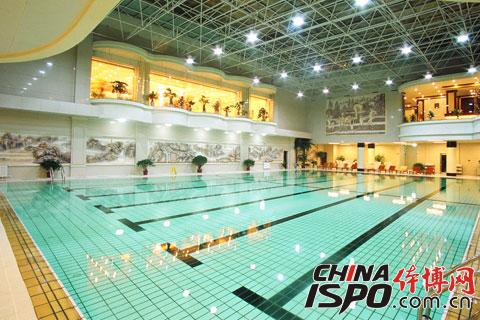
Gypsophila arrangement (top grid lifting)

Horse layout
The advantages and disadvantages of the two arrangements:
The arrangement of the starry sky is just like the gymnasium. It saves lights, but maintenance is even more troublesome. Even if the light source is replaced, the entire pool of water should be drained. Glare can also be significant for backstroke, and the advantage of horse-and-horse layout is obvious.
Outdoor lighting layout
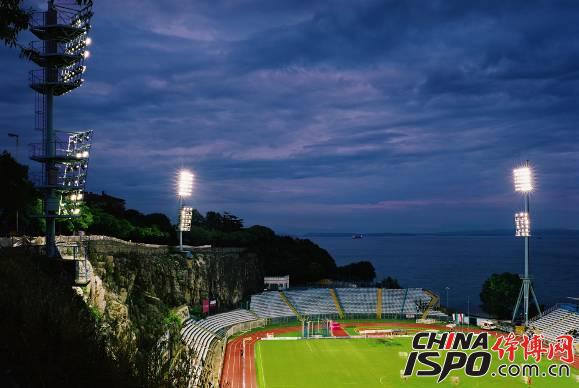
Pole (tower) type

Ma Dao
The advantages and disadvantages of the two arrangements:
The pole type is more convenient for small venues, especially those without shelters. Ma Dao-style is usually only used in covered areas, and the height of the shelter needs to be high enough.
Special lighting methods:
There are some other special lighting methods, such as indirect lighting
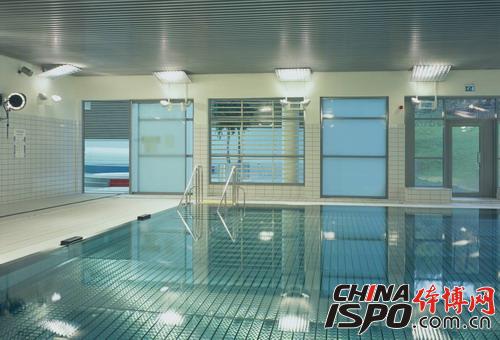
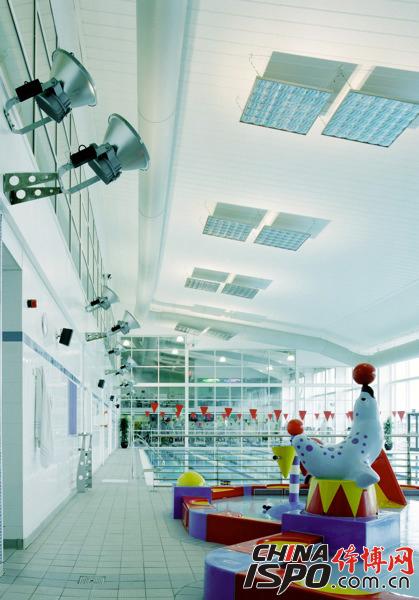
The preliminary introductory text is temporarily here, and the specific lighting design standards and methods will be explained in detail next time.
This article was published by the author of the lighting micro-classroom blog. Reprinted, please contact the author.
Author: Gu Yanbin
Source: Lighting Micro Classroom (WeChat ID: eLicht)